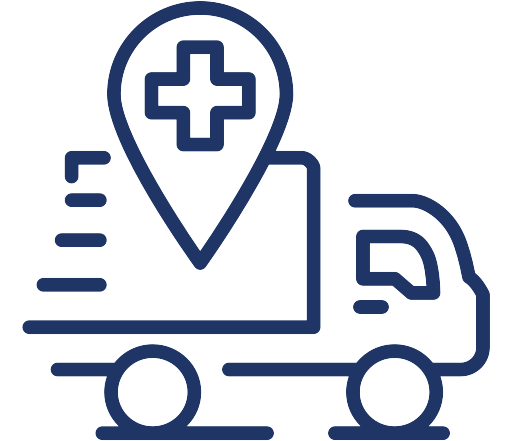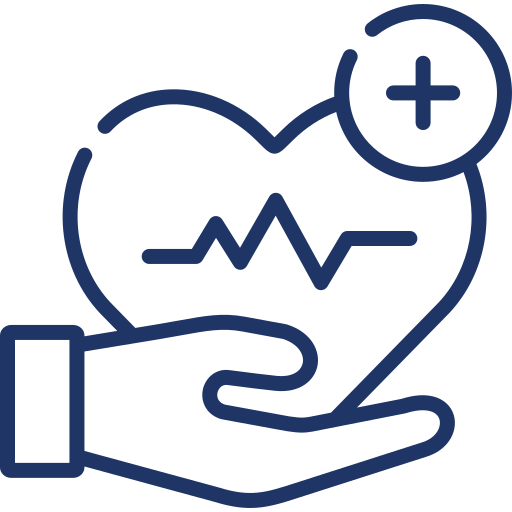Monkeypox is an infectious disease that causes a rash that starts on the face and spreads to other parts of the body. The rash usually consists of small red bumps that become blisters filled with pus. The virus can be diagnosed through a combination of clinical signs and symptoms and laboratory testing.
Since monkeypox is a severe infection that can spread quickly, it’s important to be able to test for it, so you know whether or not you have been exposed to it and need treatment before the virus worsens. To help, you can find all the information about how screening for monkeypox works in this article.
What is monkeypox and what are its signs and symptoms
Monkeypox is a rare disease similar to chickenpox and smallpox in that it is highly contagious. It is usually found in animals but can sometimes infect humans.
The virus spreads from animal to human through bites, scratches, eating meat or products derived from it, or direct contact with an infected animal’s blood, bodily fluids, or lesions. Humans can also contract monkeypox through close, direct skin-to-skin contact.
The first signs of the disease include:
- Fever
- Chills
- Swollen lymph nodes
- Exhaustion
- Muscle aches and backache
- Headache
- Respiratory symptoms (sore throat, nasal congestion, or cough)
Rashes resembling pimples or blisters usually appear on the face, inside the mouth, and on other body parts, including hands, chest, and genitals.
The Centers for Disease Control and Prevention recommends monitoring your health for three weeks, as the typical incubation period is 1 to 2 weeks, but it may take up to 3 weeks for symptoms to appear. If symptoms develop, immediately self-isolate and contact your healthcare provider for further guidance.
Why should I get tested for monkeypox?
You can never be too careful when it comes to skin rashes and atypical clinical presentations in this monkeypox outbreak. You need to protect yourself and your loved ones by getting tested.
Since there is no cure for monkeypox, early detection is key. The sooner you know you have monkeypox, the sooner you can isolate yourself, start treatment, and prevent the virus from spreading.
How do you test for monkeypox?
The World Health Organization recommends that samples for laboratory confirmation of monkeypox be taken from skin lesion surfaces and exudates.
Generally, with vigorous swabbing, sufficient monkeypox virus DNA is present on the surface. A healthcare provider in PPE can collect two swab samples directly from each lesion, roof, or lesion crust, preferably from different locations on the body or from lesions that differ in appearance, for testing.
Each swab will go into separate containers to be tested by a Laboratory Response Network or authorized commercial laboratory.
The test is a polymerase chain reaction, much like those for Covid-19 that detect a piece of the virus’s genetic material. Therefore, testing samples not taken from a lesion may lead to false test results.
How long does monkeypox test results take?
Lab tests for monkeypox can take anywhere from 24 hours to three days or more. The time it takes to get results back varies depending on the capacity of the laboratory.
What are the potential risks for false monkeypox test results?
There are a few potential risks for false monkeypox test results. First, if the sample is contaminated, it could produce a false positive result. Additionally, if the sample collection and test are not performed correctly, it could also produce a false positive, leading to unnecessary quarantines and other measures. In some cases, patients may also be misdiagnosed with another disease, such as chickenpox or smallpox.
Here are the potential risks of false monkeypox test results according to the U.S. Food and Drug Administration:
- False-negative monkeypox test results mean the test says the person does not have monkeypox, but they do have monkeypox. A false-negative result may lead to delayed diagnosis or inappropriate treatment. False-negative results can also lead to the infected person not taking action to limit their exposure to others and further spreading the monkeypox virus.
- False-positive monkeypox test results mean the test says the person has monkeypox, but they do not have monkeypox. A false-positive result may delay a correct diagnosis or the right treatment for the actual cause of the person’s illness, which could be a disease other than monkeypox.
Where to get tested for monkeypox
As soon as you notice symptoms, isolate yourself at home, and wear high-quality masks when interacting with others. Make sure to also keep your hands clean and regularly disinfect your space to prevent spreading the disease.
You can find a monkeypox test near you at any Nao Medical location. You may contact an urgent care center or your primary care physician who can order a monkeypox test for you. Additionally, you can get tested through urgent care centers or sexual health clinics.
 (917) 310-3371
(917) 310-3371


